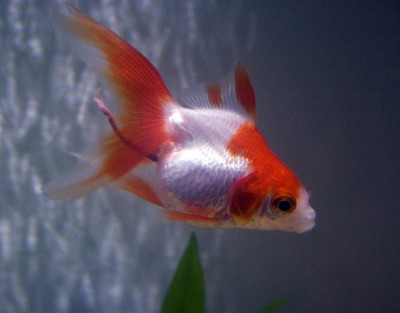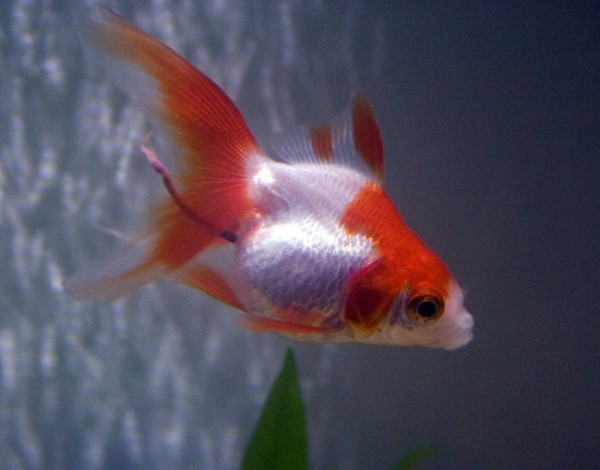The Koi, goldfish and pond fish stool normally appears brown and friable [crumbly]
Deviations from this quality of stool are not always pathological but the diagnosis and correction of these potential problems is covered in this section for you edification.

Stools, which change to the color of the food that is being fed, may indicate a digestive problem in which the food is not broken down or absorbed. The most common cause for this is intestinal parasitism. You can collect a stool from the Koi, goldfish and pond fish by placing it in a white tub with its own tank water. As soon as it has a bowel movement you should pipette the movement onto a glass slide and compress the stool with a coverslip. You should then examine the stool under the microscope. You may see eggs under the microscope, which would indicate a de-worming is in order. Levamisole [Tramisol®] or Droncit® [praziquantel] are extremely safe and effective regardless of the intestinal worm you’ve discovered.
Changes in Stool Quality in Koi Goldfish and Pondfish
Stools which change to a hollow, white stringy nature are called “casts” and are seen when a fish has not been eating well for a while or which has an intestinal infection. The casts may also be seen in perfectly healthy Koi, goldfish and pond fish that are kept on a substrate of pure sand. I remember several years ago, I kept my fish in a seventy-five-gallon aquarium with wet dry trickle filtration and a sand bottom. I used to love this because the fish loved to sift the sand and it was beautiful. Due to the amount of sand ingested, they would often have stools with white casts. At the same time, someone o the Internet was stating unequivocally that white casts always meant illness and I wonder how many folks with sand substrates ended up killing their fish with medications as a result of this pundit’s ignorant pronouncements?
If fish have white casts and they are being raised on a gravel substrate you should check the stools for worms. Watch closely, and if the fish exhibit any signs of illness, consider using an injectable or oral antibiotic to prevent a worsening condition.
Green stools are common in Koi, goldfish and pond fish that receive high quantities of vegetation and algae in their diet. This is normal. I always see this after I scrape the front pane of glass in my aquariums. My fish delight in eating the strands of algae I’ve scraped from the glass and they always have abundant dark green stools afterwards.
Stools which are light green or very loose may suggest a bacterial intestinal infection in the Koi, goldfish and pond fish. Usually, the stool does not hang together nor does it form a strand. It seems to disintegrate as it is elaborated. This is not the best way to diagnose a systemic infection because stools are usually scant in these fish because their appetite is usually off.






